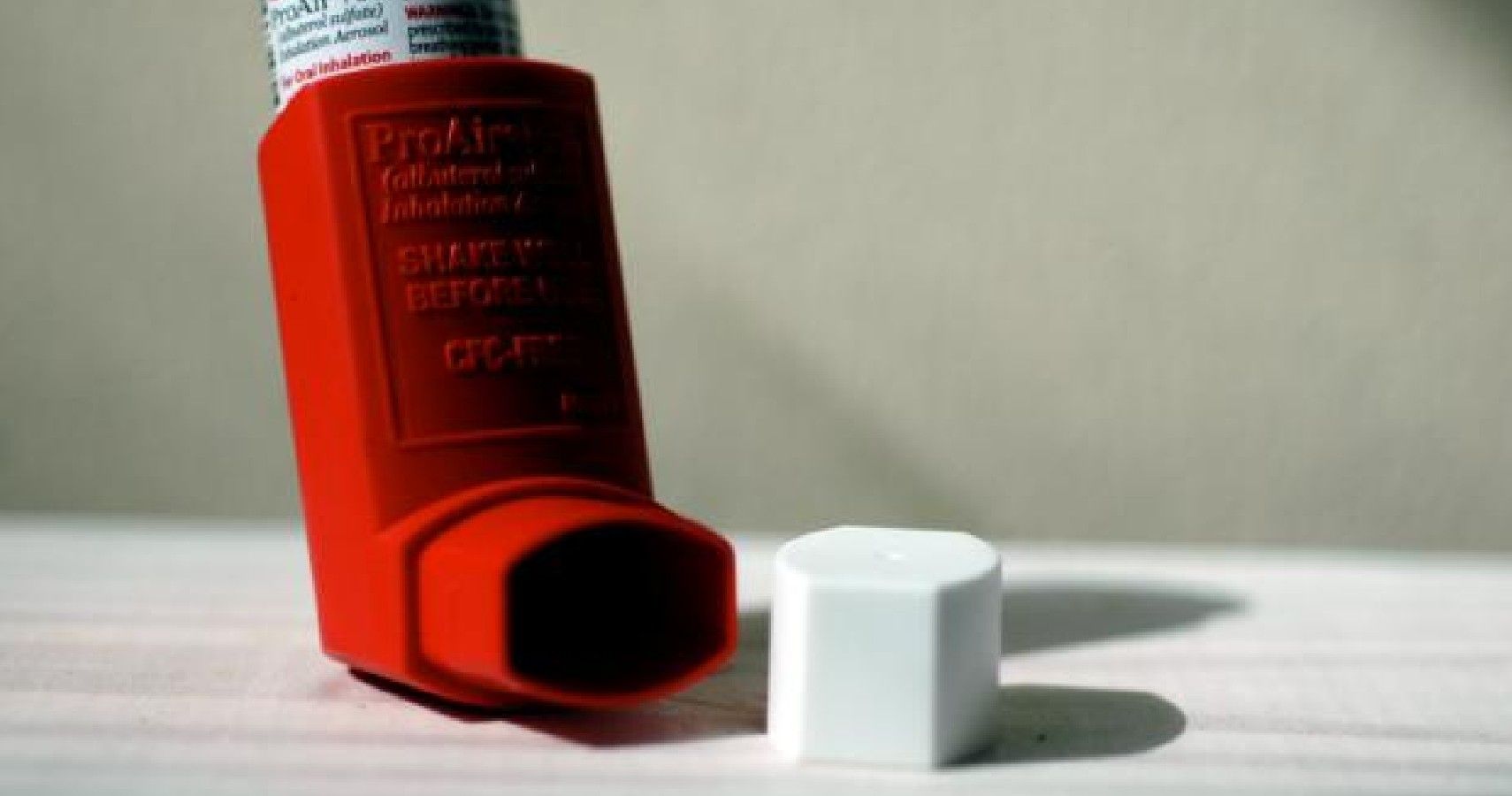New research has discovered that RSV bronchiolitis – a common lung condition in infants – has different subtypes each with varying asthma risks.
The study was undertaken by researchers at Massachusetts General Hospital, and its results were recently published in the journal Nature Communications. The researchers collected “diverse clinical, genetic, and molecular data” from 221 children under the age of 5 that had been hospitalized for RSV bronchiolitis, Medical Xpress reports. This included information on the severity of the lung infection in the children as well as insights into their immune responses.
In conclusion, the researchers were able to determine four biologically distinct subtypes of bronchiolitis. Even more, they discovered that each subtype (also known as an endotype – a subtype of a condition) carried different risks for developing asthma, one of the long-term side effects of RSV bronchiolitis. One of the endotypes, for example, carries a 40% risk of developing asthma.
Bronchiolitis is a common lung infection that affects infants and young children. It’s caused by the respiratory syncytial virus (RSC), Mayo Clinic reports, and most children will experience it sometime before their second birthday. The symptoms of bronchiolitis in kids and infants include:
- Cough
- Minor fever
- Runny/stuffy nose
- Ear infections (especially in infants)
Most children recover at home, however, a small percentage of infants and children diagnosed with bronchiolitis require hospitalization. Mayo Clinic warns that children who experience rapid or difficulty breathing may require medical attention. This is especially important in infants younger than 12 weeks of age, or who have other risk factors for bronchiolitis complications, such as being born prematurely or an existing heart or lung condition.
The publication adds that if your infant or child experiences any of the following symptoms, you should seek urgent medical attention:
- Lethargic
- Refusing to drink
- Skin turning blue
- Fast-paced breathing
- Loud wheezing sounds
- Inability to drink or eat
In their study, the researchers note that bronchiolitis is the leading cause of hospitalizations in infants in America. On average, there are 110,000 children per year admitted because of this lung condition. Even more, they warn that 30% of children hospitalized for bronchiolitis go on to develop asthma.
The researchers hope their findings will encourage the development of “subgroup-specific strategies,” Yoshihiko Raita, MD, MMSc, the study’s lead author, explained. Understanding the different subtypes may lead to more specific treatment plans based on its characteristic and biological makeup.
Not only would this allow doctors to better specify the treatment of bronchiolitis, but it can allow for preventative measures to be taken to reduce the likelihood of asthma.
Sources: Nature Communications, Medical Xpress, Mayo Clinic,

